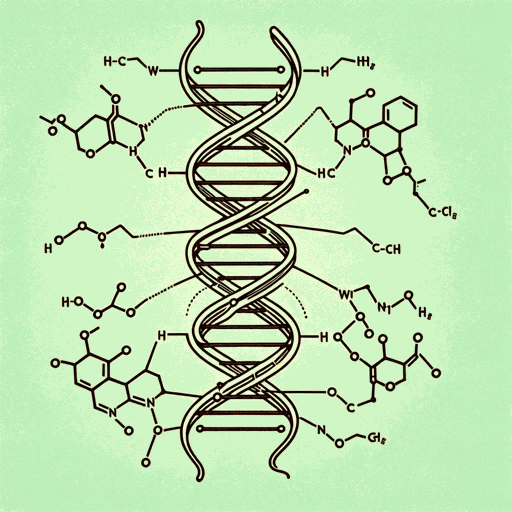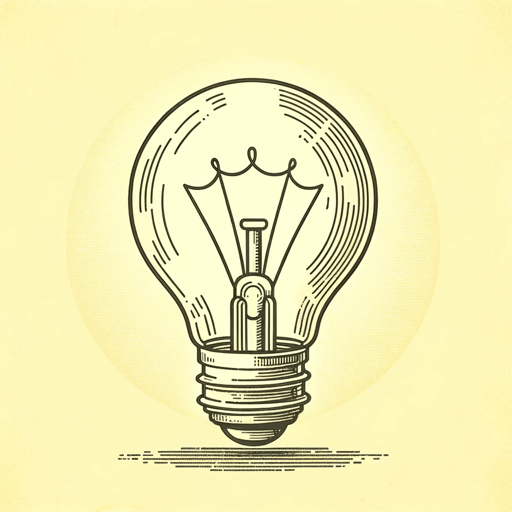96 pages • 3 hours read
Walter IsaacsonThe Code Breaker: Jennifer Doudna, Gene Editing, and the Future of the Human Race
Nonfiction | Biography | Adult | Published in 2021A modern alternative to SparkNotes and CliffsNotes, SuperSummary offers high-quality Study Guides with detailed chapter summaries and analysis of major themes, characters, and more.
Chapters 35-36Chapter Summaries & Analyses
Chapter 35 Summary: “Rules of the Road”
In 1972, Paul Berg published his seminal paper on recombinant DNA, ushering in the era of genetic engineering. Simultaneously, ethical and philosophical debates around genetic engineering kicked into high gear. In the following decades, three conferences around the possibilities and limitations of genetic engineering would stand out.
The first two were Asilomar I and II of 1973 and 1975, held in Monterey, California. Asilomar I ended with a moratorium on recombinant DNA technology until safety guidelines about creating hybrid genetic material were formulated. David Baltimore—who showed that viruses containing RNA (like coronaviruses) can insert their genetic material into a host cell to hijack its DNA in a process called “reverse transcription”—was one of the stars of Asilomar II. While Berg argued for banning recombinant technology for fear of misuse, Baltimore suggested a more middle-of-the-road approach: restricting the use of recombinant DNA to viruses that were “crippled” so they would not spread. In the end, the attending scientists agreed to lift the moratorium on recombinant DNA technology, but with many safeguards in place. However, both conferences elided another important question: Even if genetic engineering was safe, was pursuing it to every possible end ethical?
Related Titles
By Walter Isaacson





